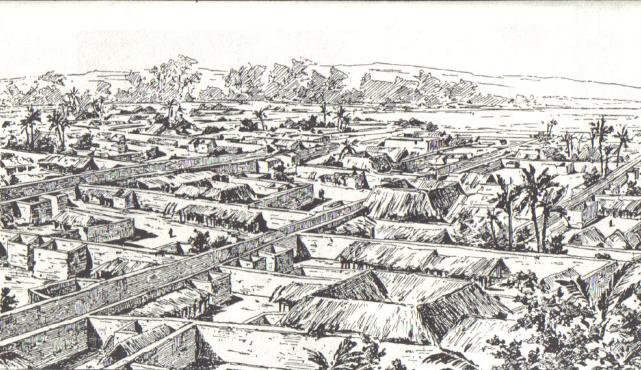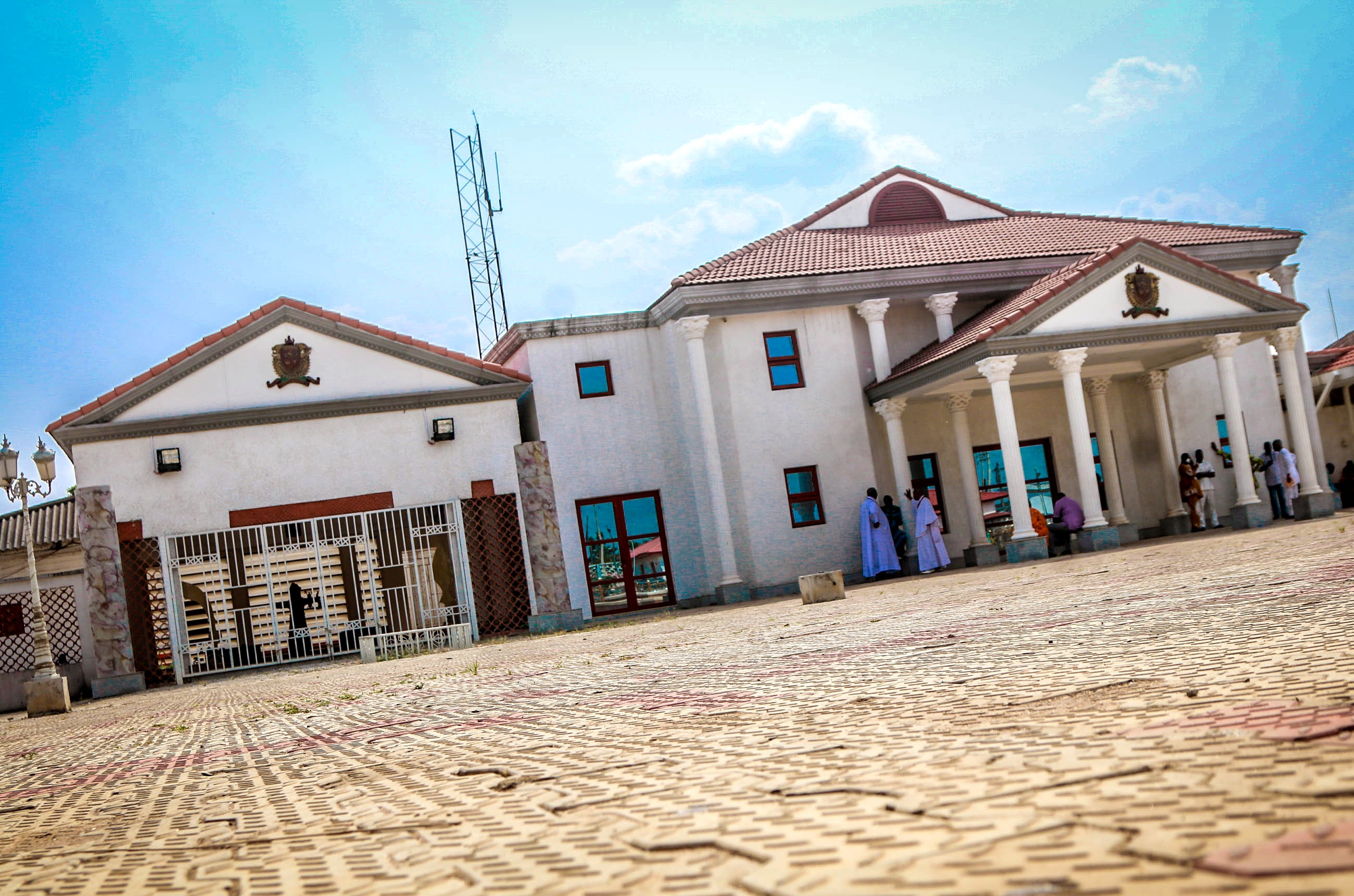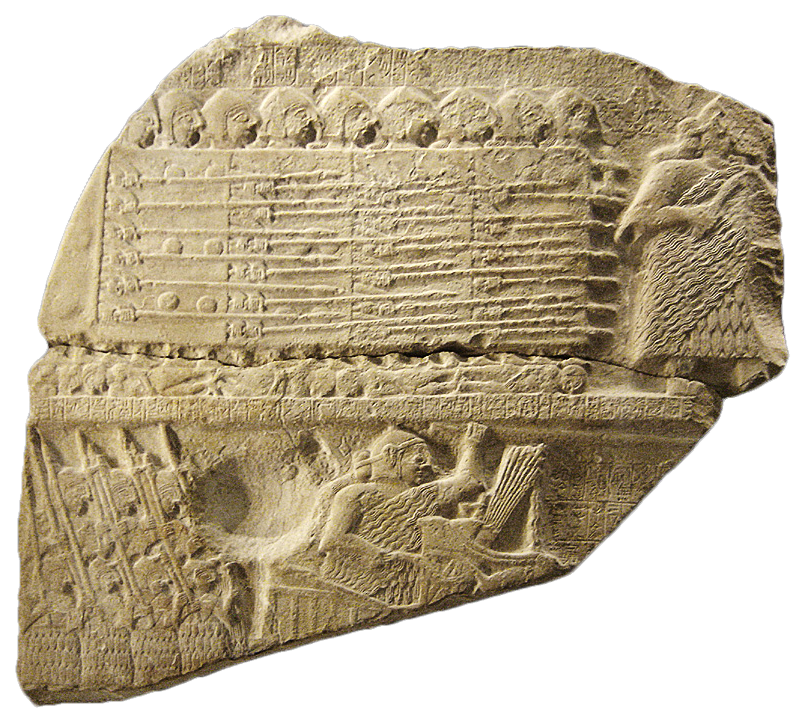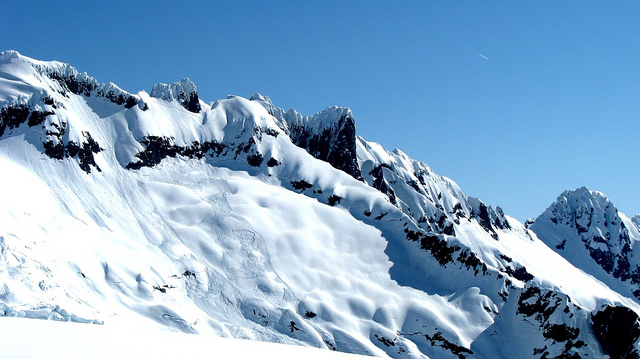|
Walls Of Benin
The Benin Moat (), also known as the Benin Iya, or Walls of Benin, are a series of massive earthworks encircling Benin City in Nigeria's Edo State. These moats have deep historical roots, with evidence suggesting their existence before the establishment of the Oba of Benin, Oba monarchy. Construction began around 800 AD and continued until 1460 AD, involving large-scale manual labour and the repurposing of earth from the inner ditch to build the outer berm. Some traditional sources claim that these earthworks spanned approximately , enclosing about of land, but very little remains today. The Benin Moat served as defensive structures, with Rampart (fortification), steep banks and a berm to deter invaders. Access to the city was controlled through Ancient gates of Benin Kingdom, nine gates. Today, remnants of the moats can still be found in Benin City, although Urbanization, urbanisation and Territorial dispute, land disputes pose challenges to their preservation. Recognised for ... [...More Info...] [...Related Items...] OR: [Wikipedia] [Google] [Baidu] |
Benin City
Benin City serves as the Capital city, capital and largest Metropolitan area, metropolitan centre of Edo State, situated in Nigeria, southern Nigeria. It ranks as the List of Nigerian cities by population, fourth-most populous city in Nigeria, according to the Census in Nigeria, 2006 national census, preceded by Lagos, Kano (city), Kano, and Ibadan. Geography Benin City is located in close proximity to the Benin River, situated approximately to the north, whilst its eastern perimeter lies from Lagos via the arterial road network. The city's municipal boundaries converge with those of several prominent neighbouring towns in Nigeria, southern Nigeria, notably Agbor, Oghara, and Ekpoma. Agriculture Benin City boasts an exceptionally fertile agricultural landscape and serves as the epicentre of Nigeria's thriving Natural rubber, rubber industry. Additionally, the production of palm oil constitutes a substantial sector, further underscoring the city's prominence in Nigeria ... [...More Info...] [...Related Items...] OR: [Wikipedia] [Google] [Baidu] |
Oguola
Oguola was the fifth Oba of the Benin Kingdom, reigning from 1280 AD to 1295 AD. His reign was marked by achievements in fortifying the city of Benin, enhancing its defences, and contributing to the cultural and economic development of the kingdom. Born into the royal family, Oguola's ascent to the throne was prompted by the extended absence of his elder brother, Prince Obuobu, who was engaged in military campaigns. This unorthodox succession was a pragmatic decision by the kingdom's elders and advisors to ensure stability and effective leadership during a critical period. Oba Oguola's commitment to the Benin Kingdom's welfare and security was evident in his initiatives to fortify Benin City, including the construction of the first and second moats. These moats, characterised by their impressive size and strategic design, served as defensive barriers to protect the city from external threats. Furthermore, Oguola played a role in the revival of the ancient guild of brass castin ... [...More Info...] [...Related Items...] OR: [Wikipedia] [Google] [Baidu] |
Slavery
Slavery is the ownership of a person as property, especially in regards to their labour. Slavery typically involves compulsory work, with the slave's location of work and residence dictated by the party that holds them in bondage. Enslavement is the placement of a person into slavery, and the person is called a slave or an enslaved person (see ). Many historical cases of enslavement occurred as a result of breaking the law, becoming indebted, suffering a military defeat, or exploitation for cheaper labor; other forms of slavery were instituted along demographic lines such as race or sex. Slaves would be kept in bondage for life, or for a fixed period of time after which they would be granted freedom. Although slavery is usually involuntary and involves coercion, there are also cases where people voluntarily enter into slavery to pay a debt or earn money due to poverty. In the course of human history, slavery was a typical feature of civilization, and existed in most socie ... [...More Info...] [...Related Items...] OR: [Wikipedia] [Google] [Baidu] |
Oba Market
The Oba Market (also referred to as ) is an open-air market situated at Ring Road in the center of Benin City, Edo State, Nigeria. Its roots date back to the 15th century, making it one of the most historically significant markets in the region. History Establishment The history of Oba Market reaches back to the 15th century when commerce thrived at this location. Over centuries, it has served as a pivotal trading center within the Benin Kingdom, evolving in tandem with the city. Role of Emotan One prominent figure associated with Oba Market is Emotan, also known as ''Uwarraye''. In the 15th century, during the reigns of Oba Uwaifiokun and Oba Ewuare the Great, Emotan was a respected market woman celebrated for her humanitarian work and dedication to children. Importantly, she played a key role during Prince Ogun's ( Oba Ewuare I) quest to reclaim his throne after a period of exile. Emotan and Prince Ogun conspired to overthrow the usurper, Oba Uwaifiokun. Emotan's astut ... [...More Info...] [...Related Items...] OR: [Wikipedia] [Google] [Baidu] |
Ditch (fortification)
In military engineering, a ditch is an obstacle designed to slow down or break up an attacking force, while a Trench warfare, trench is intended to provide cover to the defenders. In military fortifications, the side of a ditch furthest from the enemy and closest to the next line of defence is known as the scarp (fortification), scarp while the side of a ditch closest to the enemy is known as the counterscarp. Uses In early fortifications, ditches were often used in combination with rampart (fortification), ramparts to slow down the enemy whilst defensive fire could be brought to bear from the relative protection afforded by the rampart and possibly the palisade. In medieval fortifications, a ditch was often constructed in front of a defensive wall to hinder Mining (military), mining and escalade activities from an attacker. When filled with water, such a defensive ditch is called a moat. However, moats may also be dry. Star forts designed by military engineers like Vauban, co ... [...More Info...] [...Related Items...] OR: [Wikipedia] [Google] [Baidu] |
Royal Palace Of The Oba Of Benin
The Royal Palace of the Oba of Benin is notable as the home of the Oba of Benin and other royals. The palace, built by Oba Ewedo (1255–1280), is located at the heart of ancient City of Benin. It was rebuilt by Oba Eweka II (1914–1932) after the original building was destroyed during the 1897 war with the British. The Royal Palace of Oba of Benin is a celebration and preservation of the rich Benin culture. Most of the visitors to the palace are curators, archaeologists or historians. See also * Oba Of Benin * Benin Kingdom * Benin City Benin City serves as the Capital city, capital and largest Metropolitan area, metropolitan centre of Edo State, situated in Nigeria, southern Nigeria. It ranks as the List of Nigerian cities by population, fourth-most populous city in Niger ... References Benin City Tourist attractions in Benin City Rebuilt buildings and structures in Nigeria {{Tourism-stub ... [...More Info...] [...Related Items...] OR: [Wikipedia] [Google] [Baidu] |
Arrow
An arrow is a fin-stabilized projectile launched by a bow. A typical arrow usually consists of a long, stiff, straight shaft with a weighty (and usually sharp and pointed) arrowhead attached to the front end, multiple fin-like stabilizers called fletchings mounted near the rear, and a slot at the rear end called a nock for engaging the bowstring. A container or bag carrying additional arrows for convenient reloading is called a quiver. The use of bows and arrows by humans predates recorded history and is common to most cultures. A craftsman who makes arrows is a fletcher, and one who makes arrowheads is an arrowsmith.Paterson ''Encyclopaedia of Archery'' p. 56 History The oldest evidence of likely arrowheads, dating to years ago, were found in Sibudu Cave, current South Africa.Backwell L, d'Errico F, Wadley L.(2008). Middle Stone Age bone tools from the Howiesons Poort layers, Sibudu Cave, South Africa. Journal of Archaeological Science, 35:1566–1580. Backwell L ... [...More Info...] [...Related Items...] OR: [Wikipedia] [Google] [Baidu] |
Spear
A spear is a polearm consisting of a shaft, usually of wood, with a pointed head. The head may be simply the sharpened end of the shaft itself, as is the case with Fire hardening, fire hardened spears, or it may be made of a more durable material fastened to the shaft, such as bone, flint, obsidian, copper, bronze, iron, or steel. The most common design for hunting and/or warfare, since modern times has incorporated a metal spearhead shaped like a triangle, lozenge (shape), diamond, or Glossary of leaf morphology, leaf. The heads of fishing spears usually feature multiple sharp Tine (structural), points, with or without barbs. Spears can be divided into two broad categories: those designed for thrusting as a melee weapon (including weapons such as lances and Pike (weapon), pikes) and those designed for throwing as a ranged weapon (usually referred to as javelins). The spear has been used throughout human history as a weapon for hunting and/or fishing and for warfare. Along with ... [...More Info...] [...Related Items...] OR: [Wikipedia] [Google] [Baidu] |
Avalanche
An avalanche is a rapid flow of snow down a Grade (slope), slope, such as a hill or mountain. Avalanches can be triggered spontaneously, by factors such as increased precipitation or snowpack weakening, or by external means such as humans, other animals, and earthquakes. Primarily composed of flowing snow and air, large avalanches have the capability to capture and move ice, rocks, and trees. Avalanches occur in two general forms, or combinations thereof: slab avalanches made of tightly packed snow, triggered by a collapse of an underlying weak snow layer, and loose snow avalanches made of looser snow. After being set off, avalanches usually accelerate rapidly and grow in mass and volume as they capture more snow. If an avalanche moves fast enough, some of the snow may mix with the air, forming a powder snow avalanche. Though they appear to share similarities, avalanches are distinct from slush flows, Mudflow, mudslides, Landslide#Debris landslide, rock slides, and serac collap ... [...More Info...] [...Related Items...] OR: [Wikipedia] [Google] [Baidu] |
List Of Villages In Edo State
This is a list of villages and settlements in Edo State, Nigeria, organized by local government area (LGA) and district/area (with postal codes also given). One of such villages is Ebueneki, which is situated in Ohuan ward in Uhunmwonde LGA. By postal code Source: Below is a list of district/Area, including villages and schools, organised by postal code. By electoral ward Source: Below is a list of polling units, including villages and schools, organised by electoral ward. References {{DEFAULTSORT:Villages in Nigeria Edo Edo (), also romanized as Jedo, Yedo or Yeddo, is the former name of Tokyo. Edo, formerly a (castle town) centered on Edo Castle located in Musashi Province, became the '' de facto'' capital of Japan from 1603 as the seat of the Tokugawa shogu ... * ... [...More Info...] [...Related Items...] OR: [Wikipedia] [Google] [Baidu] |
Ewuare
Ewuare (also known as Ewuare the Great or Ewuare I), originally known as Prince Ogun, was the twelfth Oba of the Benin Empire from 1440 until 1473. Ewuare became king in a violent coup against his brother Uwaifiokun which destroyed much of Benin City. After the war, Ewuare rebuilt much of the city of Benin, reformed political structures in the kingdom, greatly expanded the territory of the kingdom, and fostered the arts and festivals. He left a significant legacy in the Kingdom of Benin Ewuare was most likely born in the Benin Royal Palace in Benin City and he wasn’t proclaimed heir. Originally named Prince Ogun, he was an insignificant member of the royal house, even challenged from birth. Ewuare's name means "the trouble has ceased", referring to when he finally gained the throne after rebelling against Uwaifiokun. During his reign, Edo was rebuilt and possibly started the construction of the Benin Moats. He was the founder of Benin's "Imperial Era" and expanded the Benin ... [...More Info...] [...Related Items...] OR: [Wikipedia] [Google] [Baidu] |
Ogiso Kings
''Ogiso'' is the name used by the people of Igodomigodo or (Ugodomigodo) to refer to the institution and first dynasty of rulers beginning approximately around 900 - 950AD or the mid tenth century. The name variously translates to mean 'King from the sky', 'King of the sky', or 'King of heaven'. Broken down, the word is coined from the article pieces ''-Ogie''; the Edo word for king, and ''-Iso''; the Edo word for sky. Early traditions narrate that these early kings (''Ogie'') descended from heaven. The first of them, Igodo (or Obagodo), is believed to have been a stranger from the sky because of his immense wisdom. Not much is known about the reign of the Ogisos compared to the era of the Obas, and the period is often said to be of a semi-mythical or legendary nature. The exact number of Ogisos that reigned have varied since the inception of written Benin history. Ademola Iyi-Eweka records a list of fifteen Ogisos ending with Owodo in 1998. Before him, pioneer Edo historian Ja ... [...More Info...] [...Related Items...] OR: [Wikipedia] [Google] [Baidu] |







